Bolen High
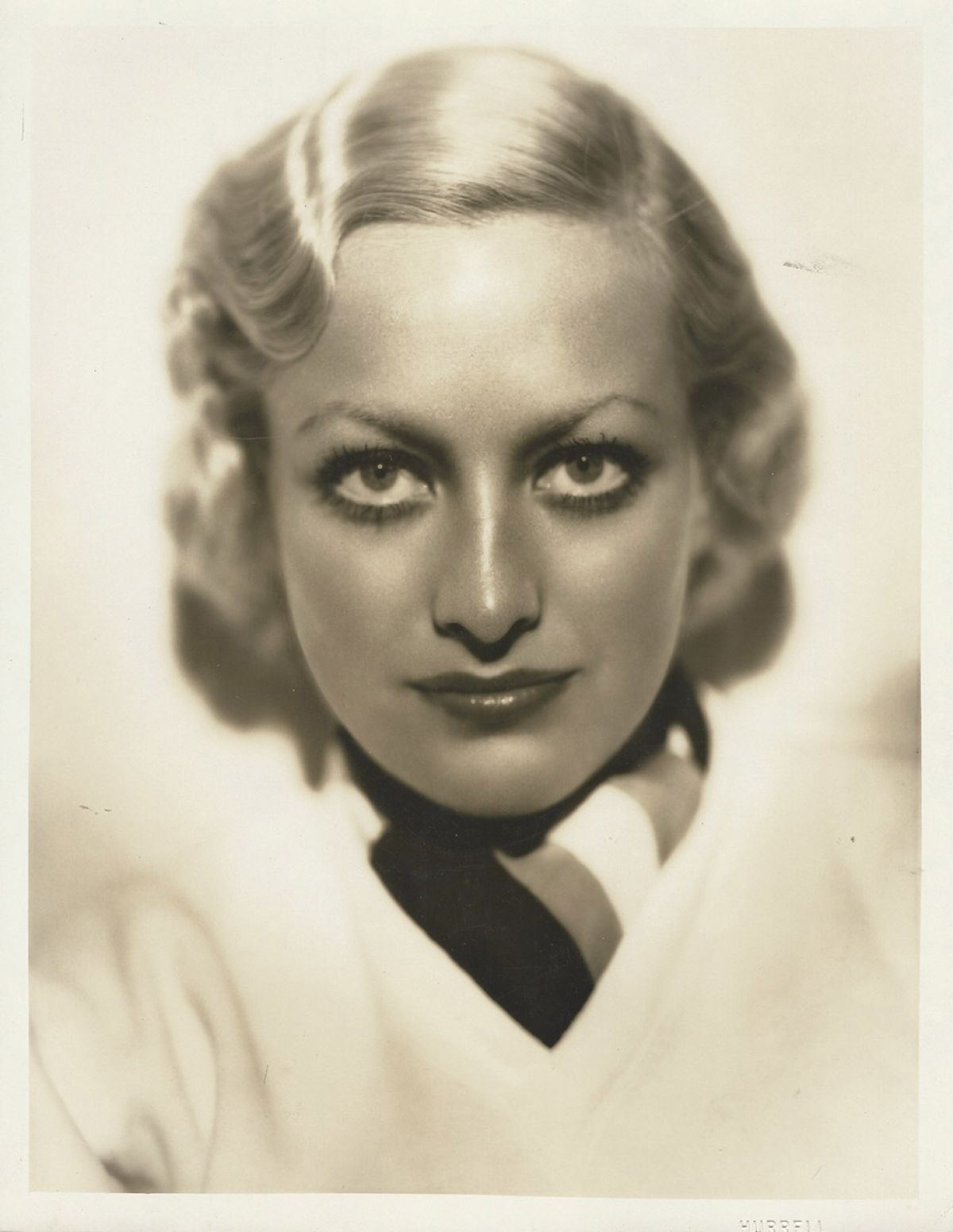
Oversized Portraits Of Pre-Code Hollywood Stars
| Celebrity Photographs, Famous Hollywood Portrait Photographers, Featured, Film & Movie Star Photographs, Hollywood History, Movie Memorabilia, Vintage Original Publicity Photographs, Vintage Original Studio Photographs
Walter Film recently acquired a remarkable collection of studio portraits of some of the major stars of Pre-Code Hollywood. These oversized black-and-white double weight glossy silver gelatin portraits of the following:
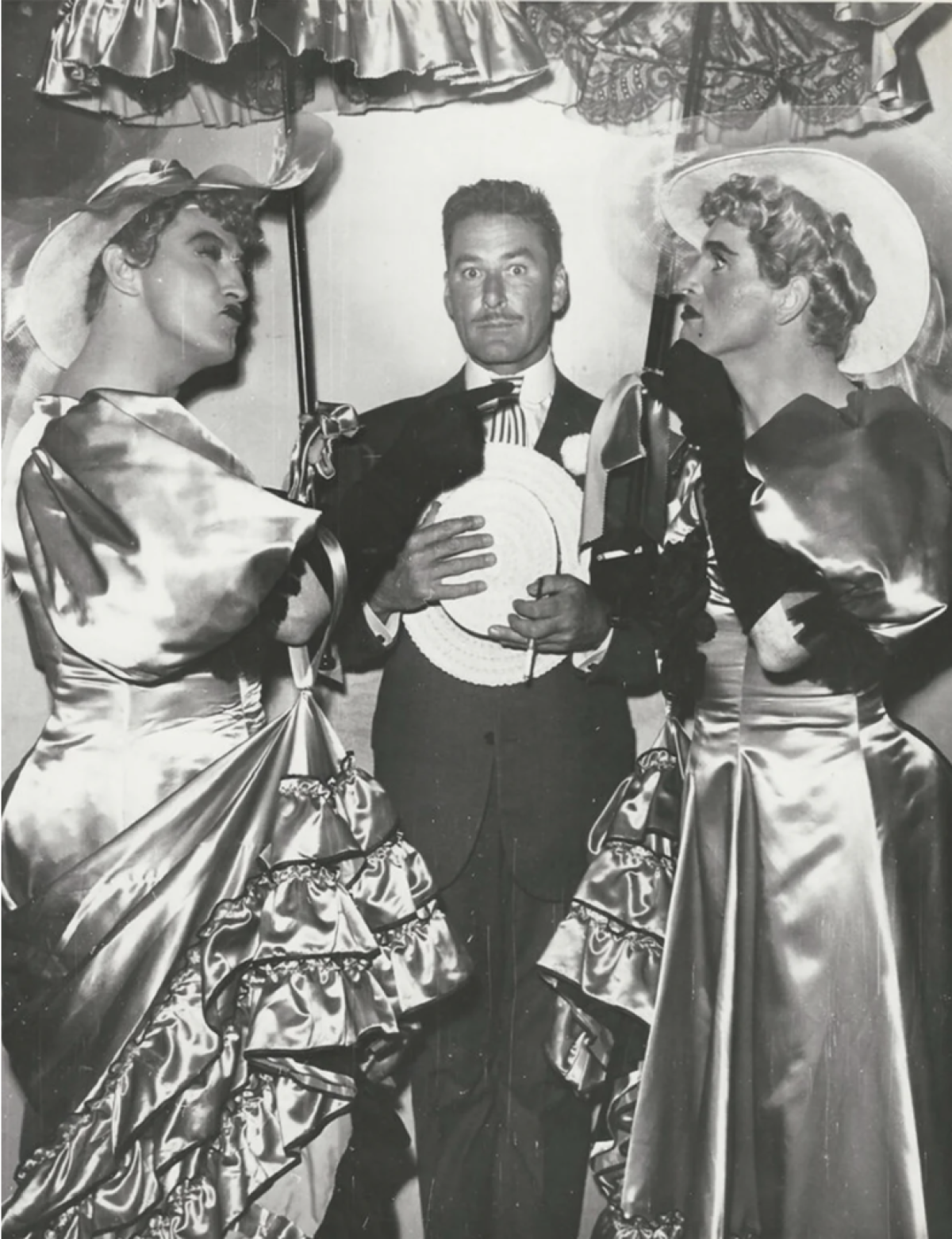
AMERICAN DRAG
June is LGBTQ Pride Month, and in this blog, we’re looking at how it’s place in society has evolved since it burst into being on the evening of June 28, 1969, resulting from a police raid on a dingy bar on Sheridan Square in New York’s Greenwich Village.
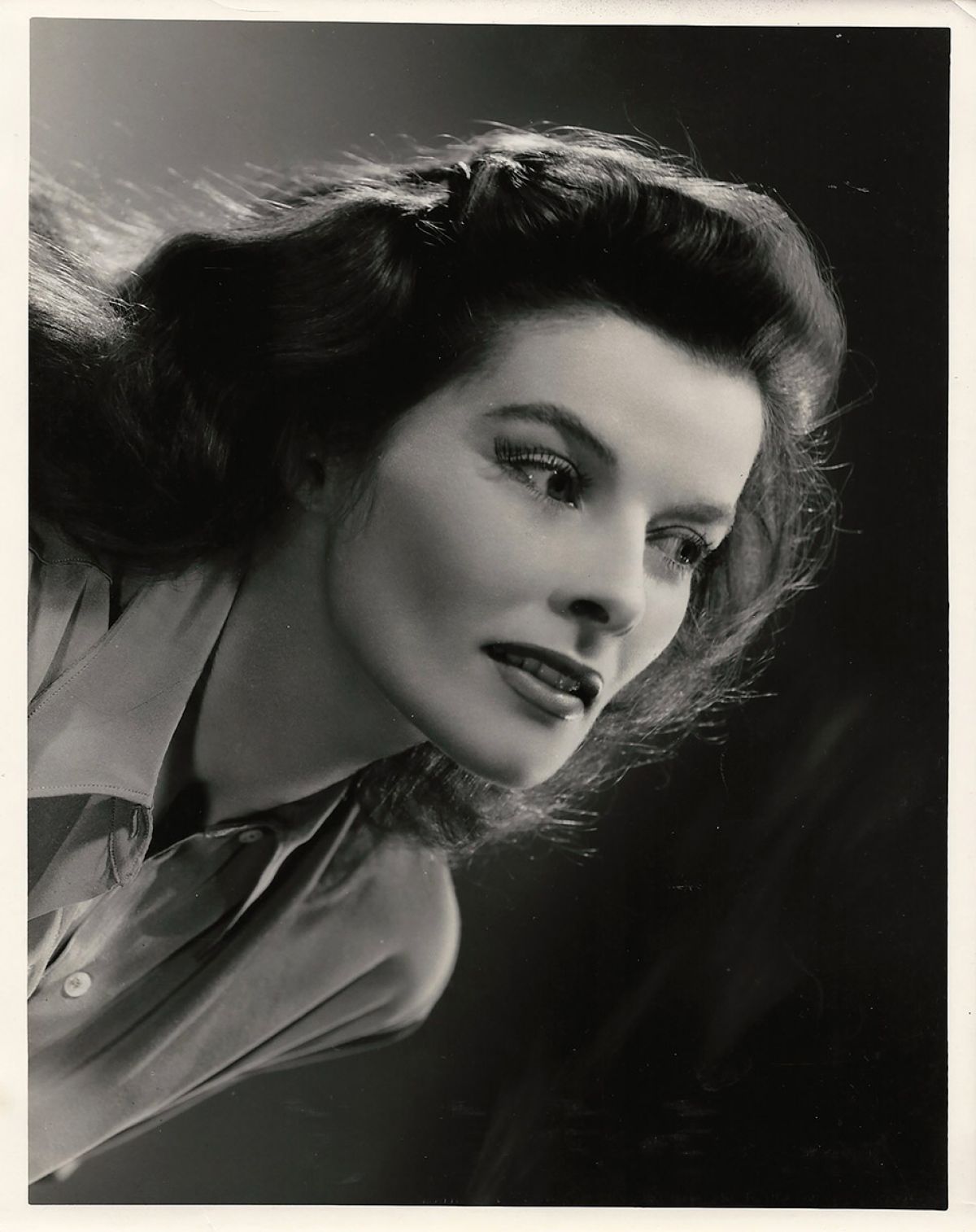
LGBTQ Lesbian Archive (1901-2004)
| Celebrity Photographs, Famous Hollywood Portrait Photographers, Film & Movie Star Photographs, Film Scripts, Hollywood History, Movie Posters, Pressbooks, Scene Stills, Vintage Original Movie Scripts & Books, Vintage Original Publicity Photographs, Vintage Original Studio Photographs
WOMEN IN FILM, THEATER & MUSIC
As the photograph of Katharine Hepburn above signifies, this is a collection of lesbian and bisexual women in film, theater and music. It spans a full century, starting with Maud Adams in 1901 and working its way up through a Chantal Akerman film of 2004.
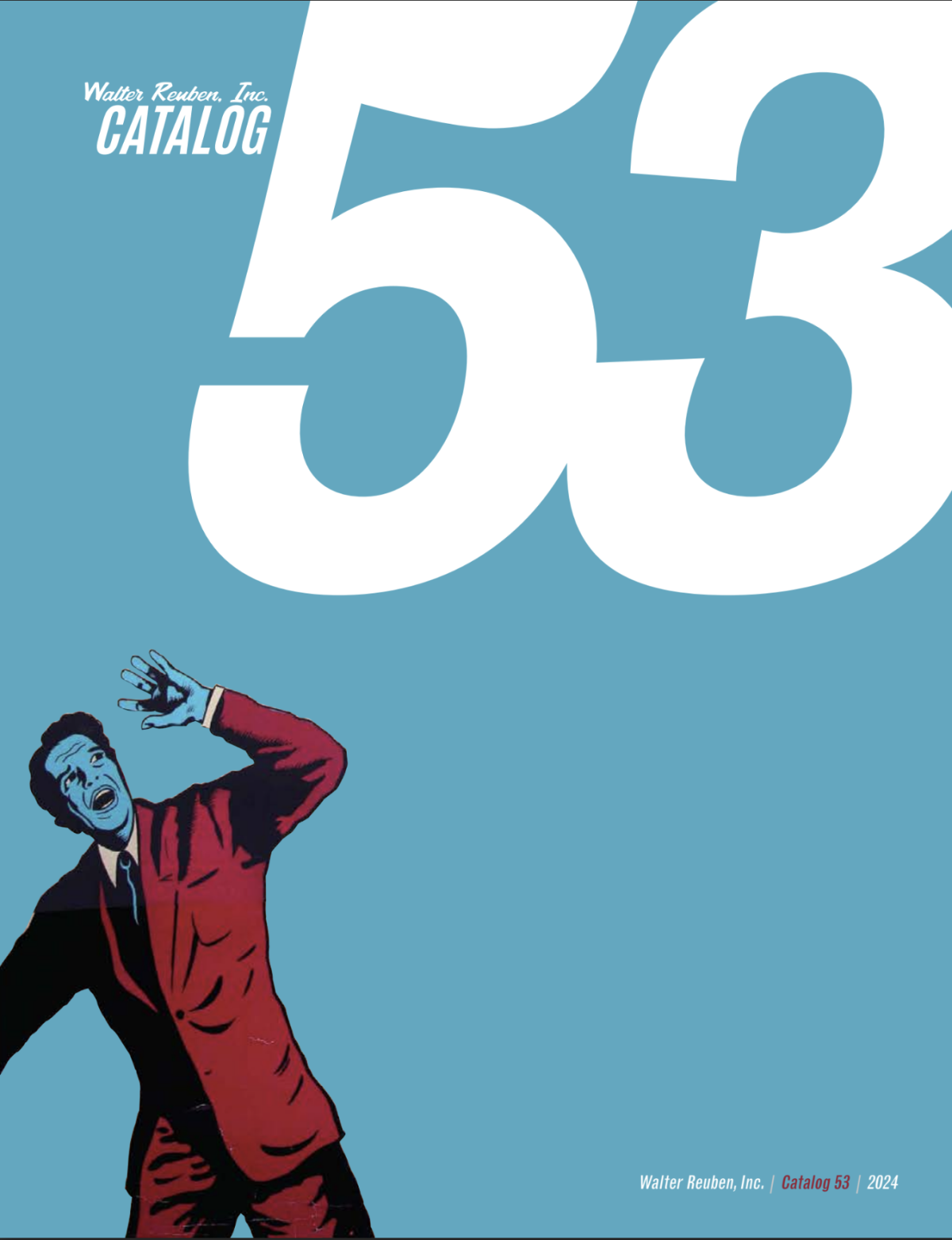
WALTER FILM CATALOG 53/2024
| Celebrity Photographs, Famous Hollywood Portrait Photographers, Film & Movie Star Photographs, Hollywood History, Movie Memorabilia
Catalog 53 Features > A number of scarce movie scripts, among them THE SPY WHO CAME IN FROM THE COLD (1964), THE WILD BUNCh (1968), THELMA AND LOUISE (1990), and THE SHAWSHANK REDEMPTION (1992). > An entire section devoted to the career of preeminent queer filmmaker Kenneth Anger, includin…
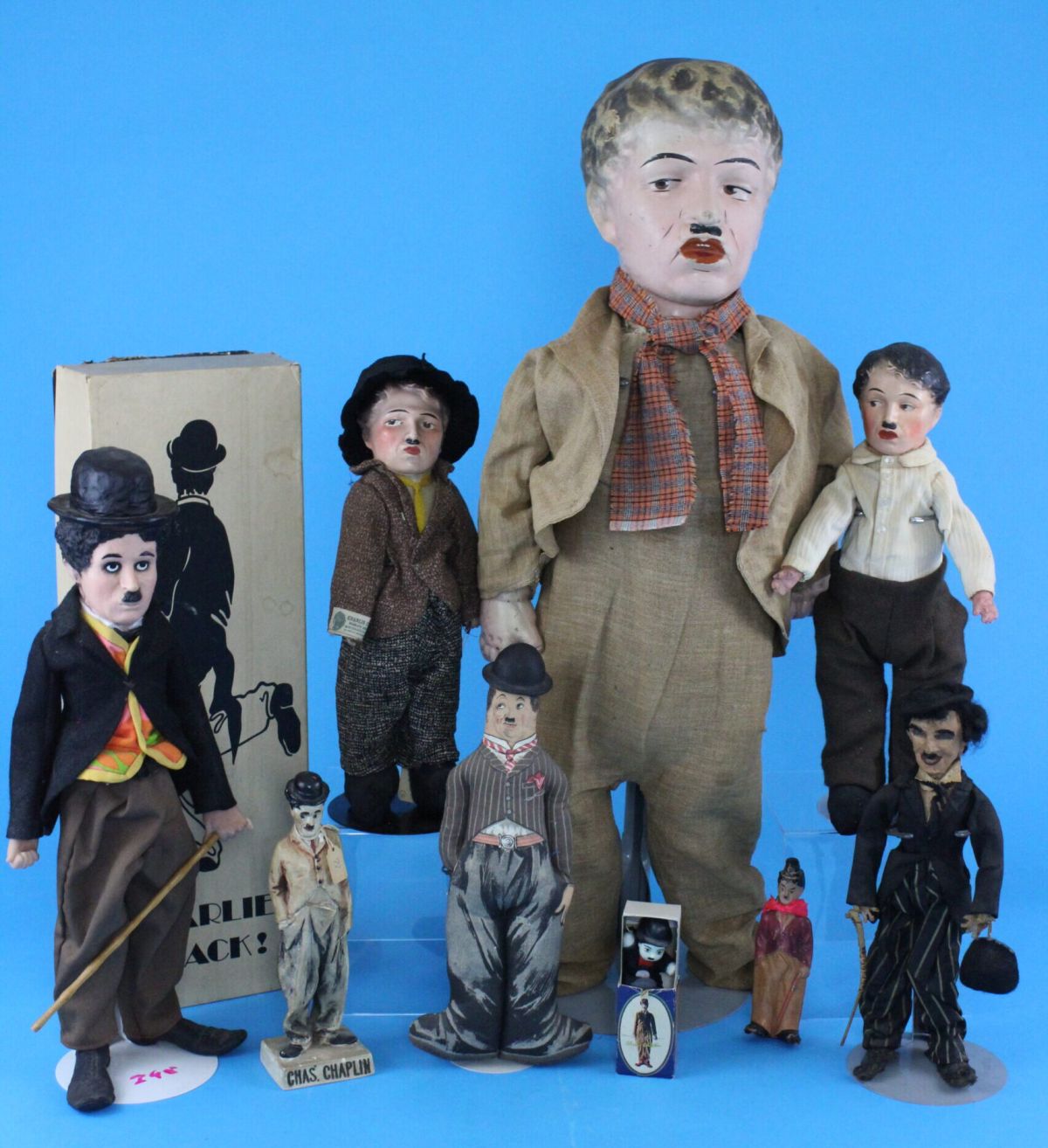
Movie Merchandising – He’s A Doll!
Motion picture studios left no stone unturned in their quest to market their movies. Therefore, movie merchandising, which reached its apex with films like STAR WARS, started with the dawn of film. Just like female stars, male stars were presented in doll form during the height of their popul…
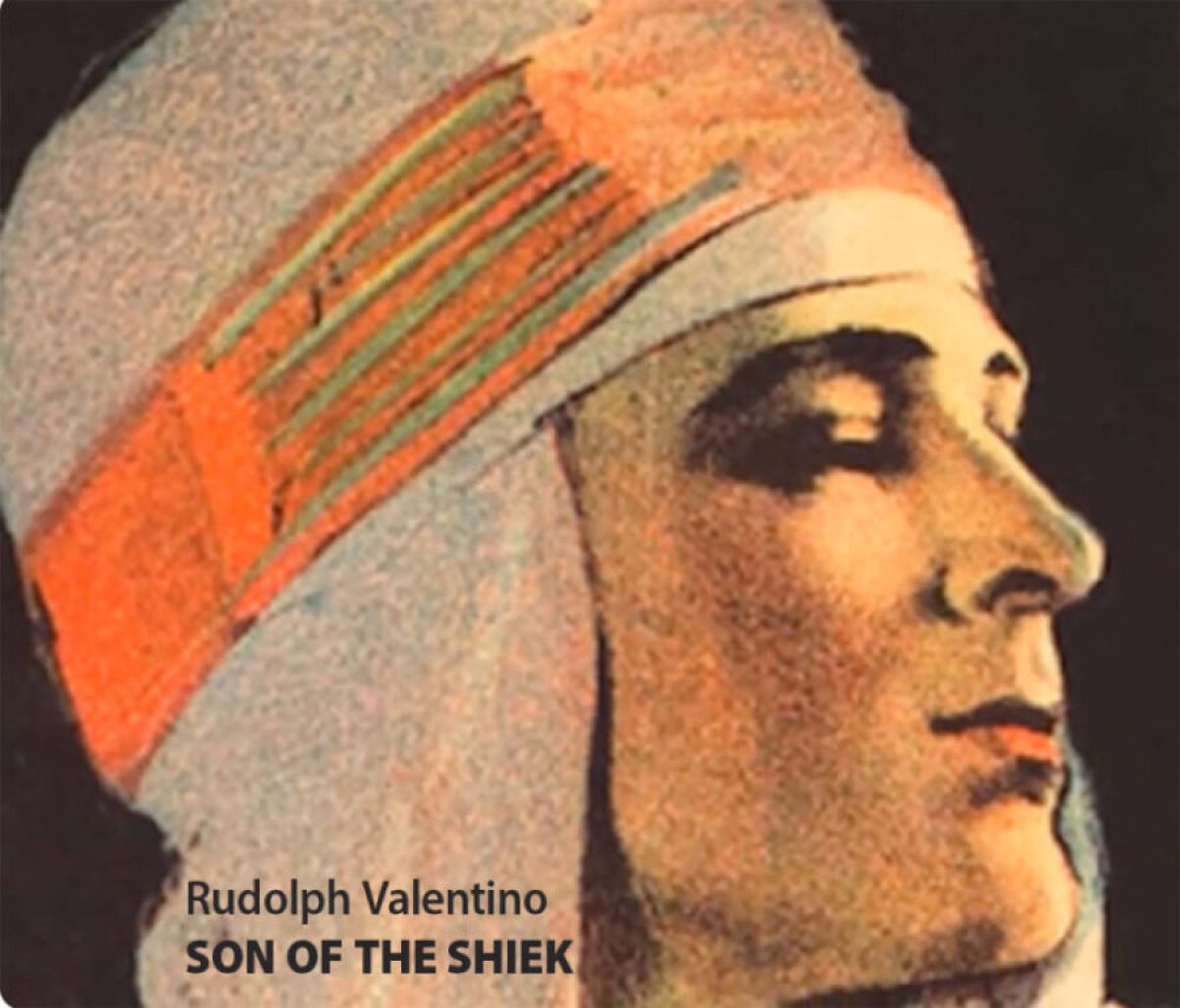
The Essence of WalterFilm.com
| Film & Movie Star Photographs, Film Noir, Film Scripts, Hollywood History, Movie Memorabilia, Movie Posters, Vintage Original Movie Scripts & Books, Vintage Original Publicity Photographs, Vintage Original Studio Photographs
WalterFilm.com was never meant to be a large website, it was intended to be an exclusive boutique featuring some of the greatest objects Walter Reuben could find. A website that would appeal to him as a collector of “movie memorabilia” – reflecting his own personal tastes and interests.
H…
Recent Posts
Categories
- African American Movie Memorabilia
- African Americana
- Black History
- Celebrating Women’s HistoryI Film
- Celebrity Photographs
- Current Exhibit
- Famous Female Vocalists
- Famous Hollywood Portrait Photographers
- Featured
- Film & Movie Star Photographs
- Film Noir
- Film Scripts
- Hollywood History
- Jazz Singers & Musicians
- LGBTQ Cultural History
- LGBTQ Theater History
- Lobby Cards
- Movie Memorabilia
- Movie Posters
- New York Book Fair
- Pressbooks
- Scene Stills
- Star Power
- Vintage Original Horror Film Photographs
- Vintage Original Movie Scripts & Books
- Vintage Original Publicity Photographs
- Vintage Original Studio Photographs
- WalterFilm
Archives
